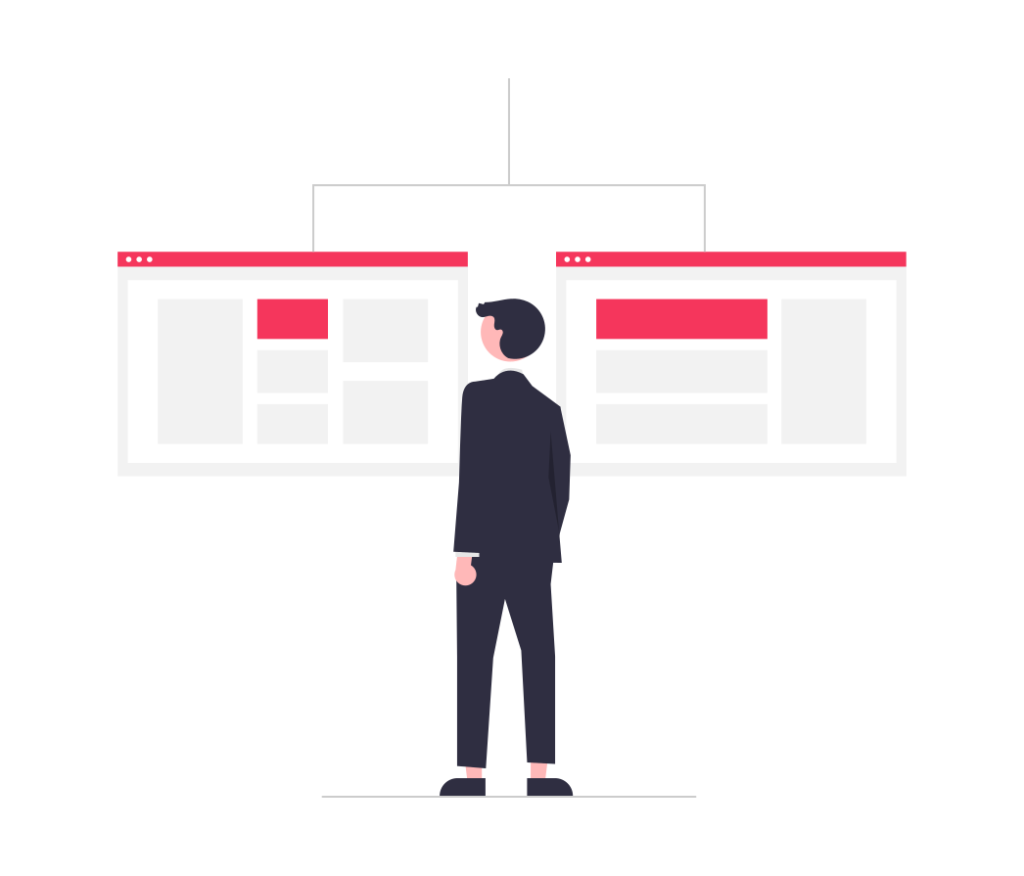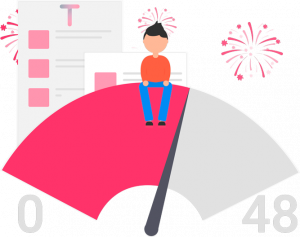If you are using Google AdSense to monetize your website, you might be wondering how to optimize your site for higher AdSense revenue. AdSense is a program that allows you to display ads on your site and earn money when users click on them. However, not all ads are created equal, and there are many factors that can affect your AdSense performance and earnings. In this article, we will share some tips and best practices to help you optimize your site for higher AdSense revenue.
Tip 1: Choose the right niche and keywords
One of the most important factors that determine your AdSense revenue is the niche and keywords of your site. Different niches and keywords have different levels of demand, competition, and cost-per-click (CPC). CPC is the amount that advertisers pay for each click on their ads, and it also affects how much you earn from AdSense. Generally, niches and keywords that are more popular, competitive, and profitable have higher CPCs than those that are less so.
To find the right niche and keywords for your site, you need to do some research and analysis. You can use tools such as Google Keyword Planner or Ahrefs to find out the search volume, competition, and CPC of various keywords related to your topic. You can also use these tools to discover new keyword ideas and opportunities. Ideally, you want to choose a niche and keywords that have high search volume, low competition, and high CPC.

Tip 2: Create high-quality and relevant content
Another key factor that influences your AdSense revenue is the quality and relevance of your content. Your content should be original, informative, engaging, and useful for your audience. It should also match the intent and expectations of the users who search for your keywords. By creating high-quality and relevant content, you can attract more organic traffic, increase user retention, and improve your site’s authority and reputation.
To create high-quality and relevant content, you need to follow some best practices. You should:
- Write clear, concise, and grammatically correct sentences.
- Use headings, subheadings, bullet points, images, videos, and other formatting elements to organize and enhance your content.
- Use keywords naturally and strategically throughout your content, but avoid keyword stuffing or over-optimization.
- Provide accurate, reliable, and up-to-date information. Cite your sources when necessary.
- Avoid duplicate, thin, or low-value content. Remove or update any outdated or irrelevant content.
- Provide value-added content that answers users’ questions, solves their problems, or entertains them.
Tip 3: Optimize your site speed and user experience
Another crucial factor that affects your AdSense revenue is the speed and user experience of your site. Site speed is the time it takes for your site to load on different devices and browsers. User experience is the overall impression and satisfaction that users have when they interact with your site. Both site speed and user experience can impact your site’s ranking on search engines, as well as your users’ behavior and engagement.
To optimize your site speed and user experience, you need to implement some technical improvements. You should:
- Use a fast and reliable web hosting service.
- Use a caching plugin or service to reduce server load and improve page load time.
- Minify and compress your HTML, CSS, JavaScript, and image files to reduce their size and bandwidth usage.
- Use a content delivery network (CDN) to deliver your static files from servers closer to your users’ location.
- Enable lazy loading for images and videos to defer their loading until they are in view.
- Use responsive design to make your site adaptable to different screen sizes and devices.
- Eliminate unnecessary plugins, widgets, scripts, or features that may slow down or clutter your site.
- Test your site speed regularly using tools such as Google PageSpeed Insights or GTmetrix and fix any issues or errors.

Tip 4: Choose the right ad types, sizes, formats, and placements
Another vital factor that determines your AdSense revenue is the types, sizes, formats, and placements of your ads. These factors affect how visible, relevant, attractive, and clickable your ads are for your users. Different ad types, sizes, formats, and placements may have different performance results depending on your site’s layout, content, niche, audience, etc.
To choose the right ad types, sizes, formats, and placements for your site, you need to experiment with different options and track their results. You can use tools such as Google AdSense Reports or Google Analytics to monitor your ad performance metrics such as impressions, clicks, click-through rate (CTR), revenue per thousand impressions (RPM), etc. You can also use Google AdSense Experiments to compare different ad settings against each other and see which ones perform better.
Some general tips for choosing the right ad types, sizes, formats, and placements are:
- Use a mix of text, display, and native ads to diversify your ad inventory and appeal to different advertisers and users.
- Use responsive ad units to automatically adjust the size and format of your ads to fit different screen sizes and devices.
- Use ad sizes that are proven to have high performance and demand, such as 300×250, 336×280, 728×90, 160×600, 300×600, etc.
- Use ad formats that are more engaging and interactive, such as rich media, video, or matched content ads.
- Place your ads near the content that your users are interested in, such as above the fold, below the headline, within the content, or at the end of the article.
- Avoid placing too many ads on your site or in locations that may annoy or distract your users, such as pop-ups, interstitials, or overlays.
- Follow the AdSense program policies and best practices for ad placement and avoid any violations or penalties.

Tip 5: Test, analyze, and optimize your AdSense strategy
The final factor that can help you optimize your site for higher AdSense revenue is to test, analyze, and optimize your AdSense strategy. AdSense is not a one-size-fits-all solution, and what works for one site may not work for another. Therefore, you need to constantly monitor your AdSense performance and make adjustments based on your data and feedback.
To test, analyze, and optimize your AdSense strategy, you need to follow these steps:
- Set clear and realistic goals for your AdSense revenue and performance.
- Identify the key performance indicators (KPIs) that measure your progress towards your goals.
- Collect and analyze data from various sources such as Google AdSense Reports, Google Analytics, Google Search Console, etc.
- Identify the strengths and weaknesses of your AdSense strategy and find out what works and what doesn’t.
- Implement changes based on your findings and test their impact on your AdSense performance.
- Repeat the process regularly and keep track of your successes and failures.
Conclusion
Optimizing your site for higher AdSense revenue is not a simple or easy task. It requires a lot of research, experimentation, analysis, and optimization. However, by following the tips and best practices we shared in this article, you can improve your site’s quality, traffic, user experience, ad performance, and ultimately, your AdSense revenue.



